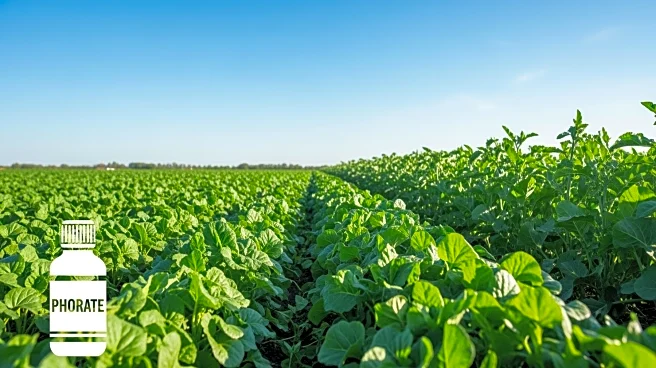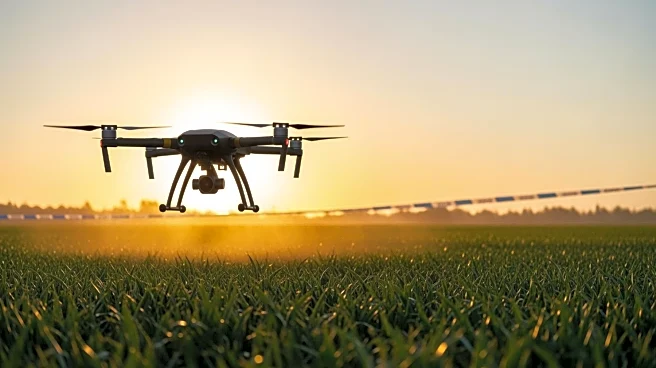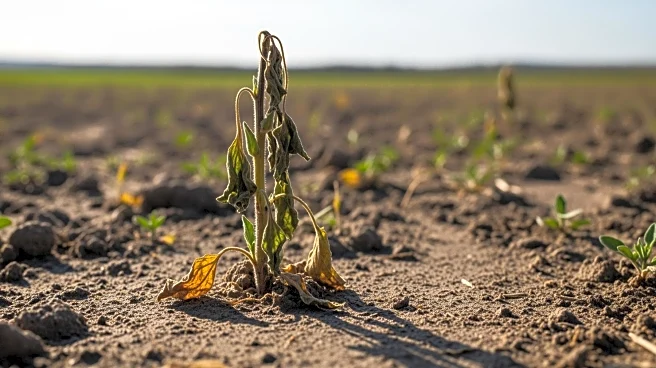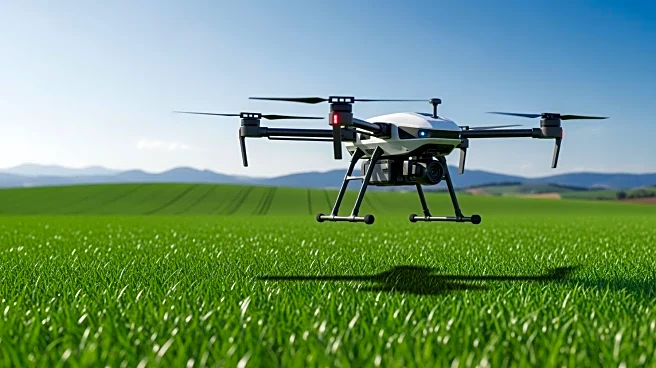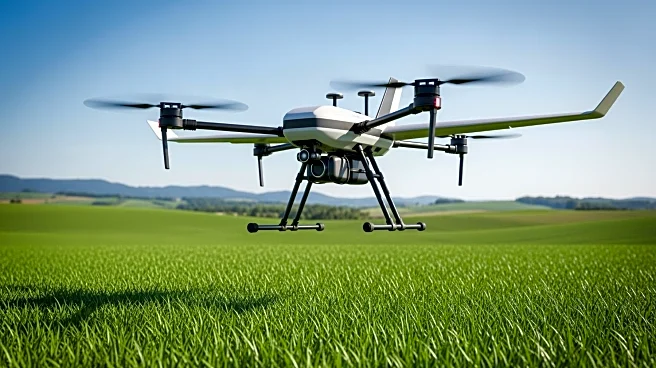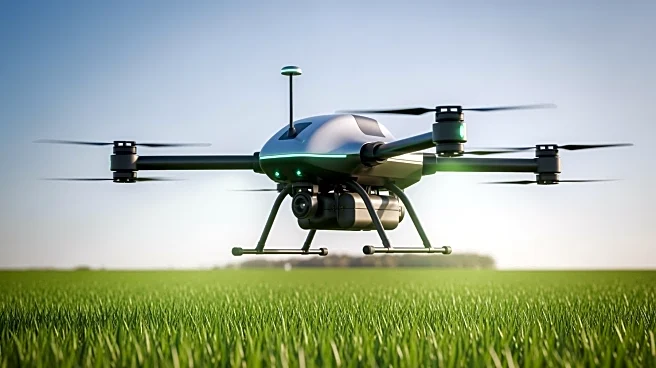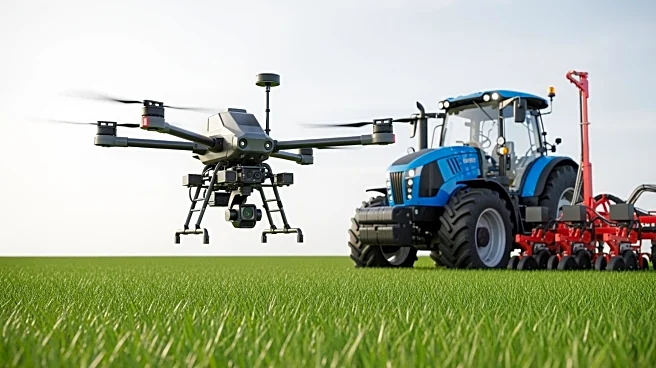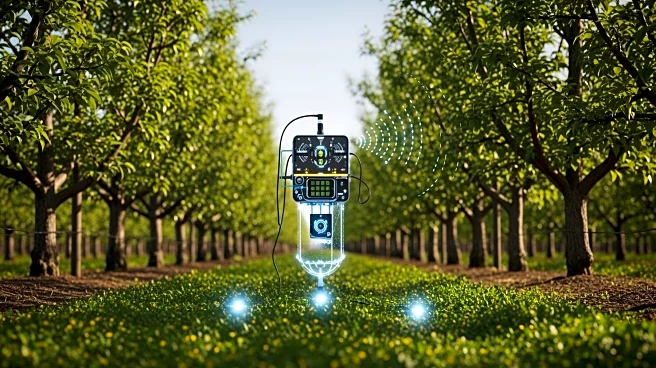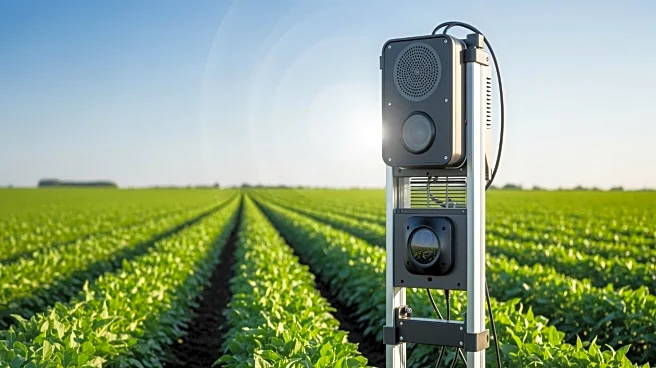What's Happening?
The global phorate market is projected to grow from USD 1.13 billion in 2025 to USD 1.90 billion by 2034, driven by rising agricultural demand and innovations in pest management. Phorate, a highly toxic
organophosphate insecticide, is widely used to control soil-dwelling pests in crops like maize, cotton, and potatoes. Despite its effectiveness, phorate poses significant environmental and health risks, leading to strict regulations in several countries. The market growth is supported by strong demand from agriculture and horticulture sectors, evolving formulation technologies, and shifting regulatory landscapes.
Why It's Important?
The projected growth of the phorate market reflects the ongoing demand for effective pest control solutions in agriculture, particularly in regions with heavy pest burdens. However, the environmental and health risks associated with phorate highlight the need for safer alternatives and sustainable pest management practices. The market dynamics underscore the balance between agricultural productivity and environmental safety, with implications for regulatory policies and industry innovation. Stakeholders in the agricultural sector must navigate these challenges while meeting the demand for crop protection.
What's Next?
As the phorate market expands, stakeholders may focus on developing safer formulations and exploring alternative pest management strategies. Regulatory bodies are likely to continue imposing restrictions on phorate use, prompting manufacturers to innovate and comply with evolving standards. The trend towards integrated pest management and precision agriculture could influence the market, potentially limiting phorate's unrestricted use. Agricultural support and subsidies may play a role in offsetting regulatory pressures and promoting sustainable practices.
Beyond the Headlines
The growth of the phorate market highlights broader trends in agricultural innovation and the challenges of balancing productivity with environmental stewardship. The focus on safer formulations and sustainable practices reflects a shift towards more responsible pest management. This development may also prompt discussions on the role of government policies in shaping agricultural practices and the importance of investing in research and development for safer alternatives.
